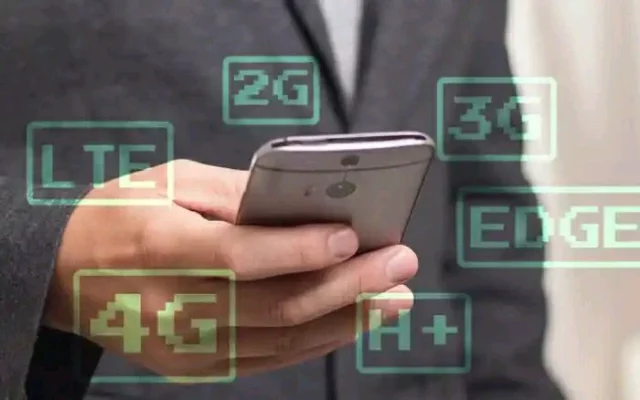Since its creation, the field of mobile telecommunications has undergone tremendous development, most notably in the areas of speed and data capacities. Technology has advanced to the point where people can now browse the web, download big files, and even stream videos directly to their smartphones. 2G, 3G, 4G, 5G, H+, E, and abbreviations like HSDPA are all versions of mobile network or radio-interface technologies that make this possible.
The generations of wireless technology are referred to as 2G, 3G, 4G, and 5G. Web surfing, video streaming, and file transfers all get more efficient with each new generation. Previously, 2G networks only allowed for voice conversations and texts, but with the advent of 3G, phones were able to handle a wide range of data-driven services, including internet access, video conferencing, and more. With the advent of 4G networks, internet speeds were increased even further. The fifth-generation (5G) network represents the cutting edge of mobile technology and promises unprecedented levels of speed and dependability.
READ ALSO: Check some habits you should avoid before going to bed
The letters “H+,” “H,” and “E” designate subsets of 3G and 4G networks, respectively. H+, which debuted in 2009, is often compared to 4G technology. It offers improved speeds over 3G, but falls short of those of 4G. Some 4G networks also make use of the “H” and “E” radio-access networks, respectively.
Higher rates of data transmission and download for mobile devices are made possible by the “H” in High-Speed Packet Access (HSPA). The letter “E” represents the technology known as Enhanced Data Rates for GSM Evolution (EDGE), which has been employed with 3G and 4G networks in recent years. It’s generally used on older phones and is considered slower than HSPA+. It’s also the tech behind some low-end feature phones.
The letters on a phone’s label ultimately stand for the generation of mobile network technology it utilizes and the particular radio-interface network it connects to. Most modern cell phones only work with 3G or 4G networks; 2G networks are obsolete. The “H” and “E” indicate distinct types of networks inside the 3G and 4G spectrums, respectively, whereas “H+” is generally understood to be 4G technology. It is widely anticipated that 5G networks, the newest and fastest breakthrough in mobile telecommunications, would soon replace 4G networks as the industry standard.








